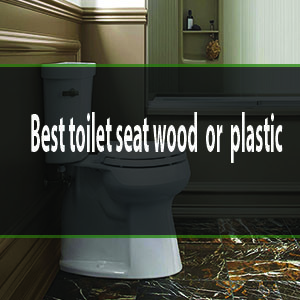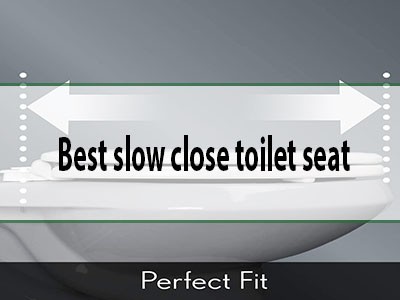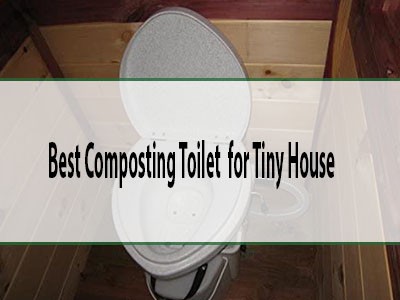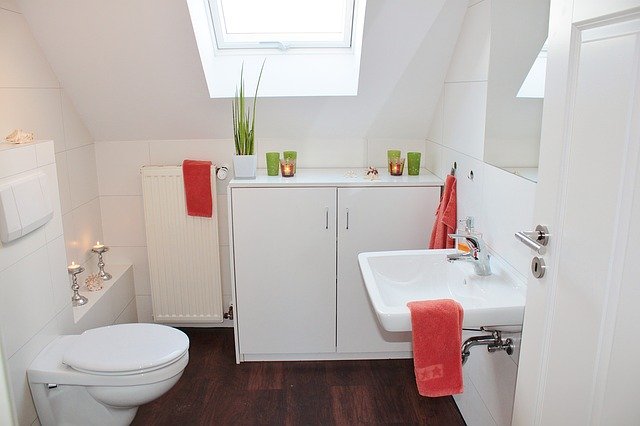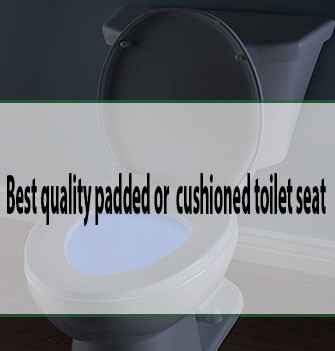Are you constantly battling a toilet that seems to have a mind of its own, clogging up at the worst possible moments? Imagine the relief of not having to deal with those frustrating overflows or awkward plunging sessions.
A perpetually clogging toilet isn’t just an inconvenience; it can disrupt your day and leave you feeling helpless. But here’s the good news: you don’t have to be a plumbing expert to solve this problem. In this guide, we’ll walk you through straightforward solutions that can turn your plumbing nightmare into a distant memory.
By the end, you’ll have the confidence and know-how to tackle those troublesome clogs for good. Let’s get started on bringing peace back to your bathroom routine!

Credit: wattersplumbing.com
Table of Contents
Common Causes
Using too much toilet paper can cause clogs. Try using less paper. Flush more often to keep the pipes clear. This helps prevent blockages.
Sometimes, things fall into the toilet. Toys, toothbrushes, or small objects can get stuck. Never flush these items. They can block the pipes easily.
Low-flow toilets use less water. They save water but may clog more. Use a plunger to help clear the clog. Consider upgrading to a better model.
Vent pipes let air into the plumbing. If blocked, they cause problems. Birds or leaves can block vents. Check the roof vent and clear any debris.
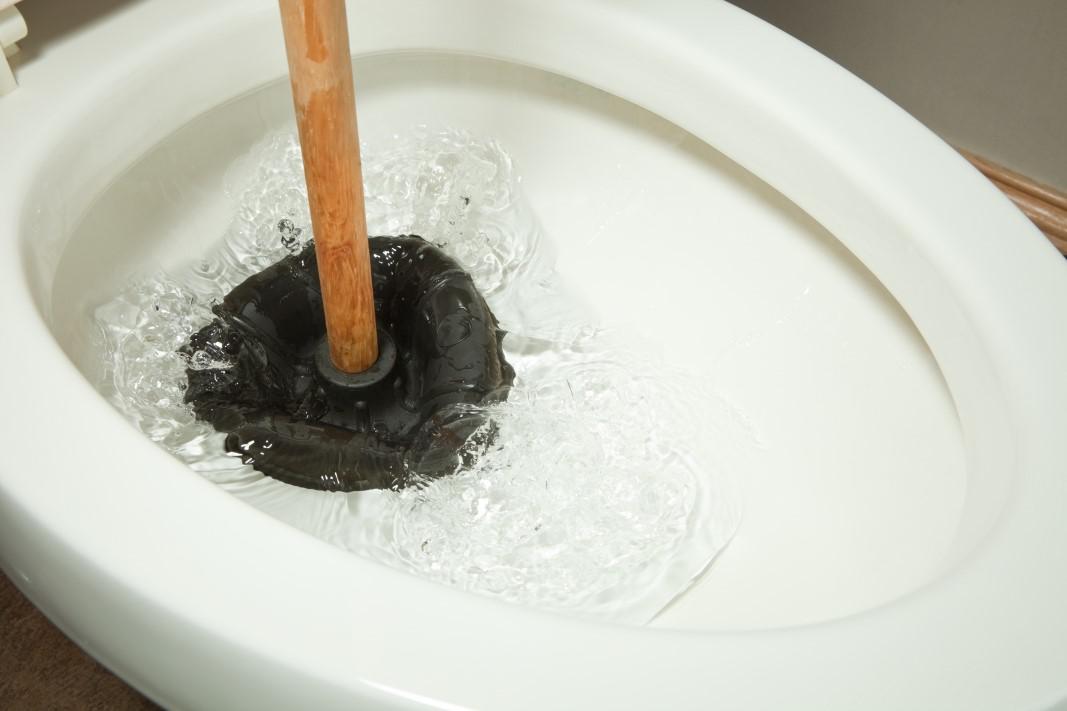
Credit: www.benjaminfranklinplumbing.com
Immediate Solutions
A plunger can help clear the clog in your toilet. Push down with the plunger over the drain hole. Pull up quickly to create suction. Repeat this action several times. This helps to dislodge the clog. Water flow should improve after a few tries.
A plumbing snake is another tool to clear clogs. Insert the snake into the toilet drain. Turn the handle to break up the clog. Move the snake back and forth gently. This can push or pull out the blockage. Your toilet should flush better.
Pour hot water into the toilet bowl. Add a few drops of dish soap. Let it sit for a few minutes. The soap helps break down the clog. Try flushing the toilet to see if it clears. This simple trick can often solve the problem.
Preventative Measures
The flush mechanism needs to be adjusted correctly. Ensure the handle moves freely. Check the chain length. It should be neither too long nor too short. Adjust the float to control water level. If water is too low, increase it. This gives a stronger flush. Check if the flapper closes properly. It should seal the opening. Replace it if needed. These adjustments help prevent clogs.
Regular checks help keep toilets clear. Look for signs of wear. Check the flush valve often. It should not leak. Inspect the tank parts. They should work well. Clean the toilet bowl weekly. Use a mild cleaner. Avoid using harsh chemicals. They can damage parts. Keep the area around the toilet clean. This prevents buildup of dirt and grime. Routine maintenance saves time.
Dispose only toilet paper in toilets. Never flush wipes or tissues. They cause clogs. Avoid putting cotton or hair in toilets. Teach children what not to flush. Have a bin nearby for other waste. Remind family and guests. Proper disposal keeps pipes clear. It also helps the environment. Always think before you flush.
Advanced Fixes
Toilet clogging can be annoying. Advanced fixes help resolve this issue quickly. Understand causes, then try simple solutions. Adjust water level, use a plunger, or check for blockages. Keep your toilet flowing smoothly with these practical tips.
Checking The Vent System
The vent system helps air move in the pipes. This stops clogs. Check the vent pipe on the roof. Look for leaves or nests. These can block air flow. Clear any blockages with a garden hose. Water should flow through easily. If it doesn’t, call a plumber.
Inspecting The Sewer Line
Sewer line issues can cause clogs. A plumber can inspect the line. They use a camera to look inside. This finds breaks or tree roots. Fixing the line often requires professional help. Keep trees away from sewer lines. This helps prevent future issues.
Replacing The Toilet
Old toilets may clog often. Newer models use less water and flush better. Consider replacing the toilet if clogs happen a lot. Look for models with good reviews. Some toilets have larger traps. This means fewer clogs. Installation might need a plumber’s help. This ensures everything fits well.
When To Call A Plumber
A toilet that keeps clogging often needs expert help. Plungers and snakes might not work. This shows a bigger problem. Drains may be partially blocked. Water might drain slowly.
Major blockages can cause serious problems. Water may overflow or not flush. Bad smells can come from the toilet. Multiple drains in your home might be slow. These signs mean a big blockage.
Plumbers have special tools. They can find hidden problems. Camera inspections show what’s inside the pipes. Experts can suggest the best fixes. Calling a plumber saves time and effort.
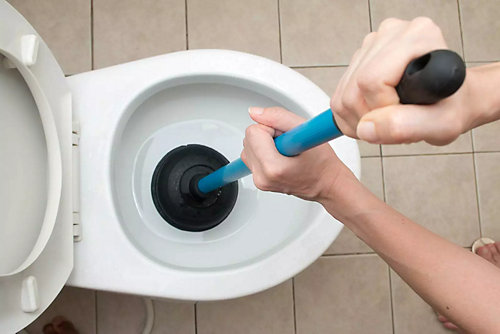
Credit: mrplumberindy.com
Frequently Asked Questions
Why Does My Toilet Keep Clogging?
Frequent clogs can result from flushing non-flushable items like wipes or excessive toilet paper. Older toilets might have low flush power, causing blockages. Inspect plumbing for obstructions or narrow pipes. Regular maintenance, including cleaning and inspecting, can prevent future issues and ensure smooth toilet operation.
How Can I Prevent Toilet Clogs?
Prevent clogs by avoiding flushing non-flushables like wipes, paper towels, and feminine products. Use only necessary toilet paper amounts. Regularly clean toilet parts to ensure optimal functioning. Inspect plumbing for potential blockages. Consider upgrading to a modern, high-efficiency toilet to improve flushing power.
Can A Plunger Fix Frequent Clogs?
A plunger can temporarily resolve clogs by dislodging blockages. For frequent issues, it might be insufficient. Persistent clogs suggest underlying plumbing problems requiring professional attention. Regular inspection and maintenance can identify and resolve recurring issues, ensuring your toilet functions properly without frequent interventions.
Should I Use Chemical Drain Cleaners?
Chemical drain cleaners can sometimes clear clogs but may damage pipes or toilets. Overuse can lead to plumbing issues. Consider natural alternatives like baking soda and vinegar. Persistent clogs might require professional plumbing services to identify and fix underlying issues without causing damage.
Conclusion
Fixing a clogged toilet is simpler than it seems. Start with basic tools like a plunger or plumbing snake. Regular maintenance helps prevent future clogs. Avoid flushing items that can block pipes. Simple habits keep your toilet flowing smoothly. Call a professional for persistent issues.
They provide expert solutions for tough problems. Always ensure your toilet is in good working order. A well-functioning toilet saves time and hassle. With these tips, you can keep your bathroom running smoothly. Enjoy a clog-free bathroom experience!


